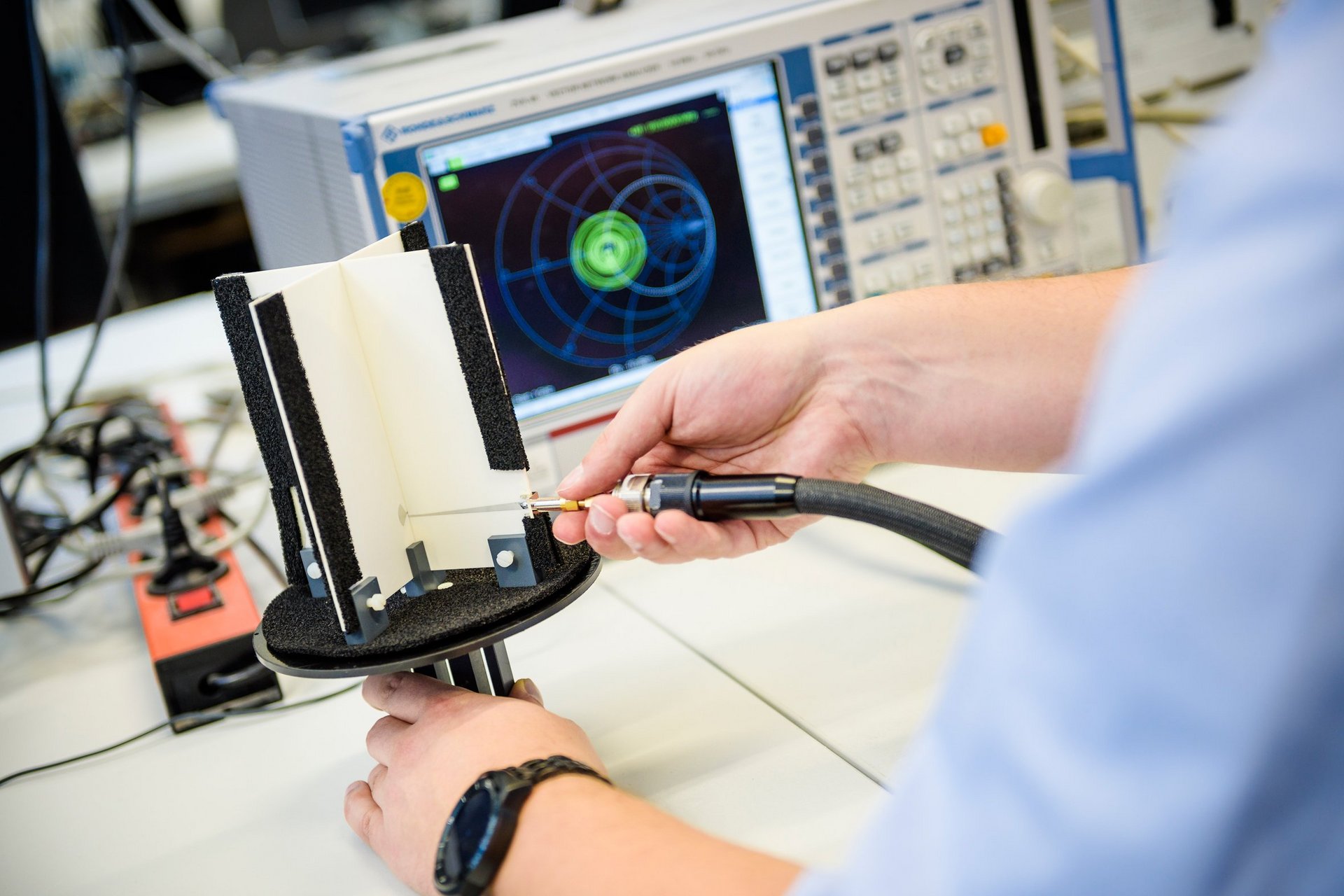Lehre
Postanschrift
Ruhr-Universität Bochum
Fakultät für Elektrotechnik und Informationstechnik
Analoge Integrierte Schaltungen
Postfach ID 37
Universitätsstraße 150
D-44801 Bochum
Kontakt
Sekretariat
Raum: ID 03/337
Telefon: (+49) (0) 234 32 - 27113
Fax: (+49) (0) 234 32 - 14168
E-Mail: sekretariat(at)ais.rub.de
RUB Lageplan & Anreise
Professur
Prof. Dr.-Ing. Jürgen Oehm
Raum: ID 03/353
Telefon: (+49) (0) 234 32 - 23130
Fax: (+49) (0) 234 32 - 14168
E-Mail: j.oehm(at)ais.rub.de


